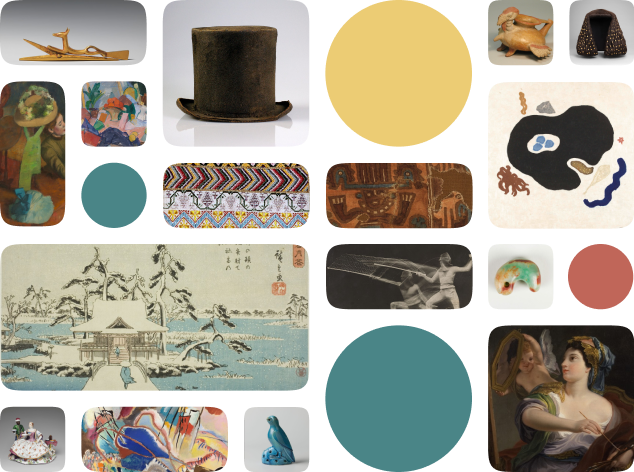Pair of Earflare Frontals
Creator Name
Cultural Context
Date
Source
About the work
Ear stretching is an ancient form of body modification. Jewelry or plugs are inserted into piercings, increasing in size over time. In Mesoamerica, ear spools were worn by men and women. The Náhuatl word for the ornaments is "nacochtli." Nacochtlis are made from metal, stone, leather, bone, or wood. They were a marker of social status, military rank, or divinity, and were notably worn by midwives. Jade is a symbol of fertility and the floral motif on this pair of gauges reinforces the stone's fecund and life-like qualities.
Metropolitan Museum of Art Object Description
Earflare frontals
Work details
"--" = no data available
Title
Creator
Worktype
Cultural Context
Material
Dimensions
Technique
--
Language
--
Date
Provenance
Style Period
--
Rights
Inscription
--
Location
Source
Subjects
Topic
Curationist Metadata Contributors
All Works in Curationist’s archives can be reproduced and used freely. How to attribute this Work:
Unknown, Pair of Earflare Frontals, 3rd–6th century. Metropolitan Museum of Art. The flowers on this pair of ear spools reinforced the Mayan belief that jade was a living, aromatic stone. Public Domain.
Help us improve this content!
Let our archivists know if you have something to add.
Save this work.
Start an account to add this work to your personal curated collection.
